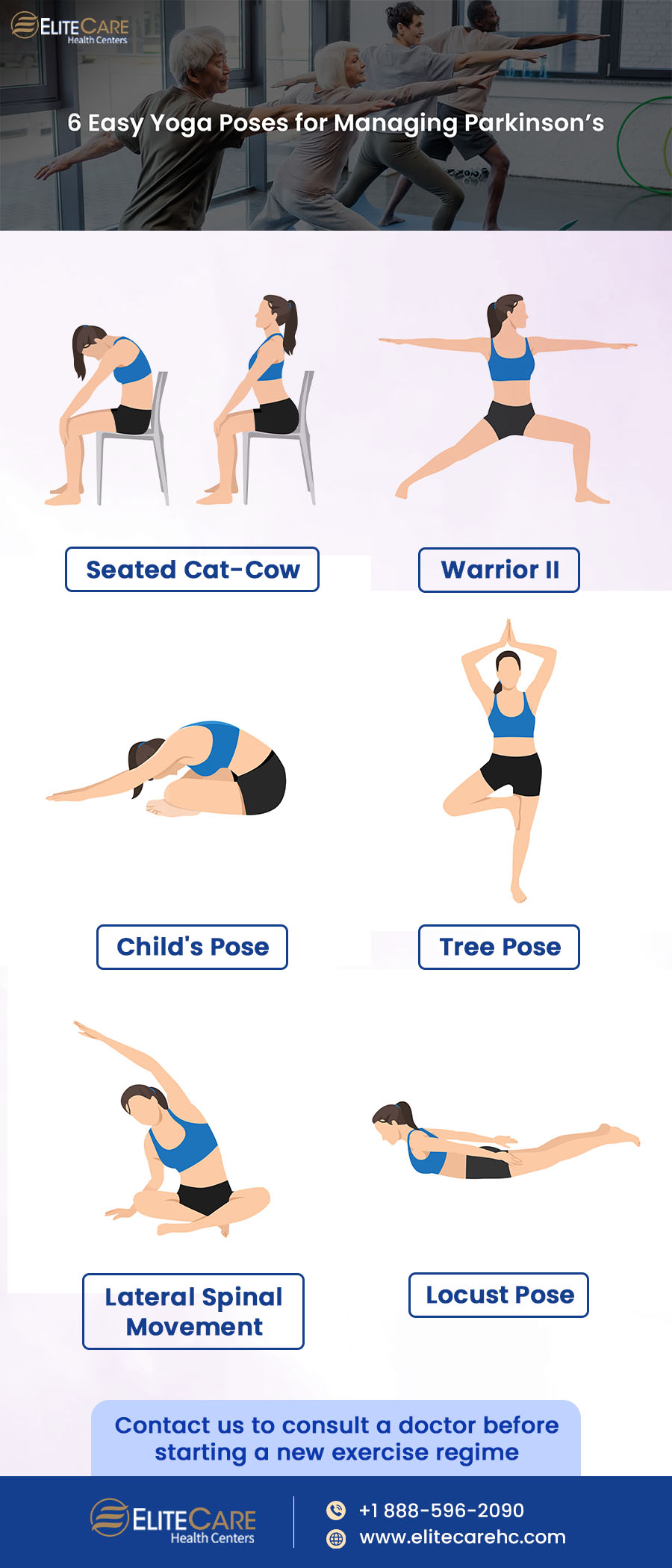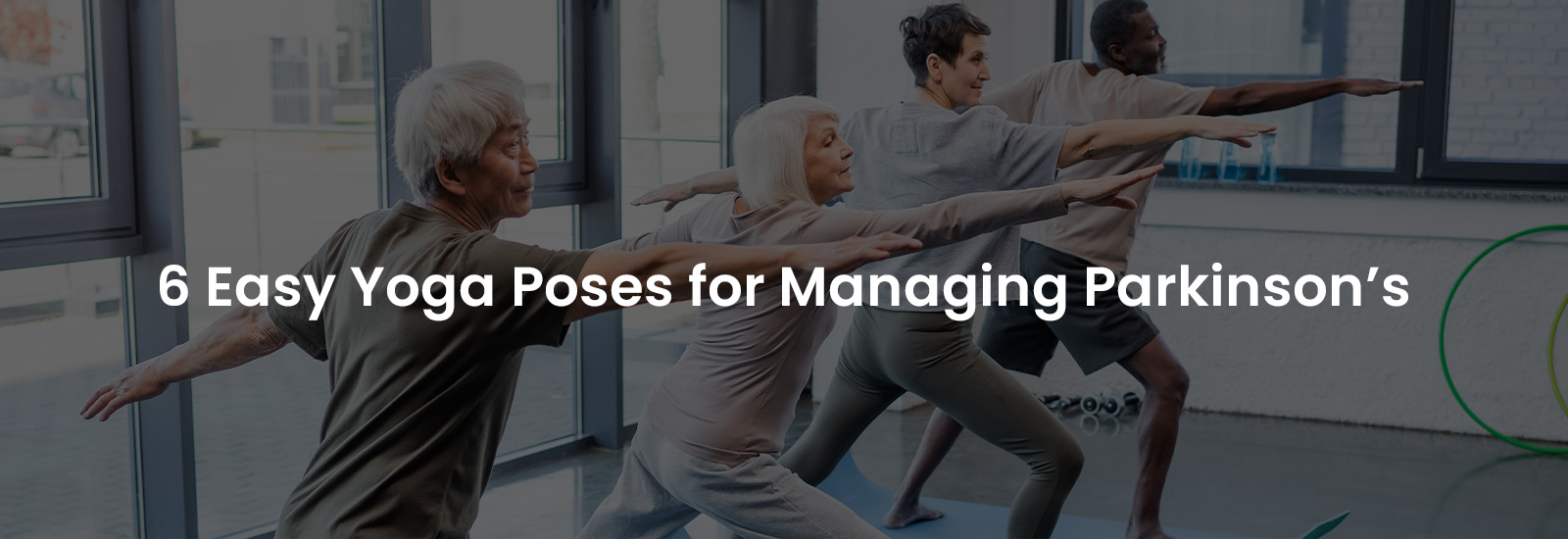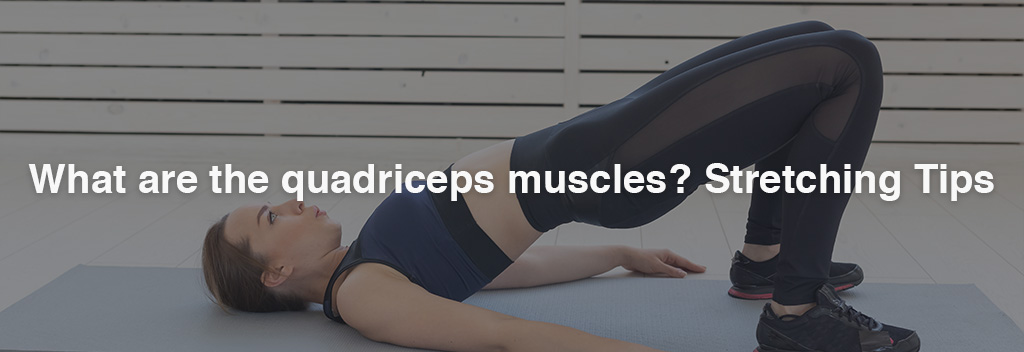
Parkinson’s Disease (PD) is a chronic, progressive neurodegenerative disorder that affects the body’s nervous system. It occurs when the dopamine-producing neurons in the brain degenerate and cause dopamine deficiency, a neurotransmitter responsible for regulating movement and mood.
While Parkinson’s can affect anyone, it typically occurs in older adults aged 60 or above. This chronic condition can affect their independence, increase the risk of falls, and can eventually lead to social isolation. For those suffering from Parkinson’s disease, exercise, especially yoga, can improve their symptoms and quality of life.
In this blog post, we will share the benefits of yoga for Parkinson’s disease and some easy yoga asanas to manage its symptoms. Read on to learn more.
How Does Yoga Help Manage Parkinson's Disease
Yoga is a physical, mental, and spiritual practice that involves physical posture, breathing exercises, and meditation techniques to improve overall health and well-being. Research has shown that yoga can relieve Parkinson’s symptoms such as tremors, stiffness, slowed movements, impaired balance, and speech changes. According to a recent study, practicing yoga twice a week for 12 weeks consistently can strengthen the muscles and significantly improve motor function, balance, and flexibility in people suffering from this disease.
In addition, yoga includes relaxation techniques such as meditation and deep breathing, which can effectively reduce stress and anxiety levels caused by Parkinson’s. Yoga can help re-establish the connection between the mind and body, improving control over body movements and coordination.
Easy Yoga Poses for Parkinson’s Disease
1. Seated Cat-Cow (Kitta Tadasana)
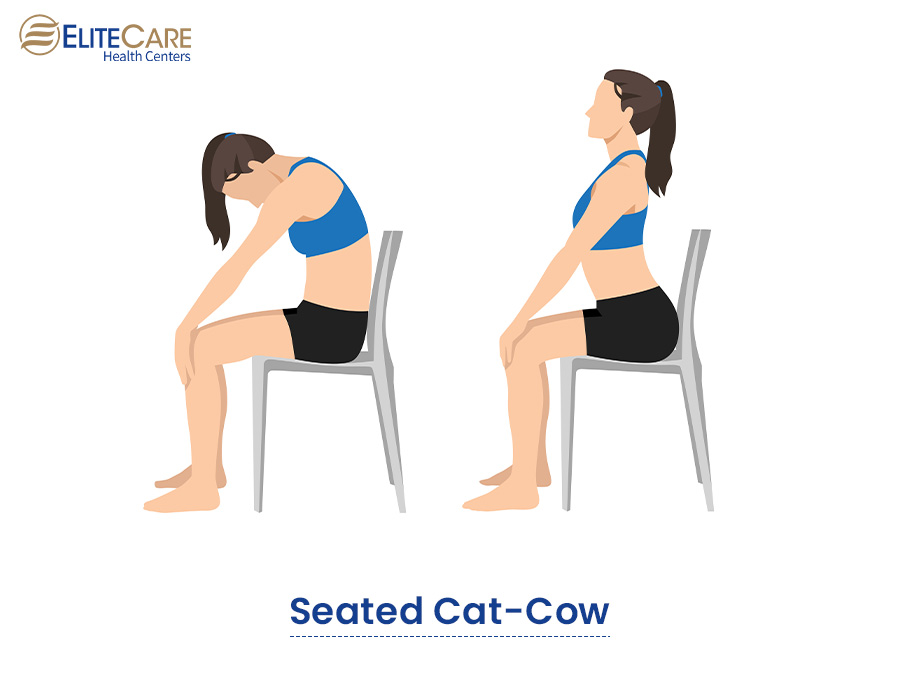
This posture increases spinal mobility and strengthens the core, improving overall balance and movement.
Instruction:
- First, sit comfortably and keep your spine straight with your feet flat on the floor.
- Place your hands on your knees.
- As you inhale, arch your spine and lift your chest, bringing your shoulder blades together. This posture is the cow pose.
- As you exhale, slightly bend your spine and bring your chin to your chest, keeping your shoulder blades apart. This posture is the cat pose.
- Repeat the sequence 10 to 15 times, moving smoothly between the two poses.
2. Warrior II (Virabhadrasana II)
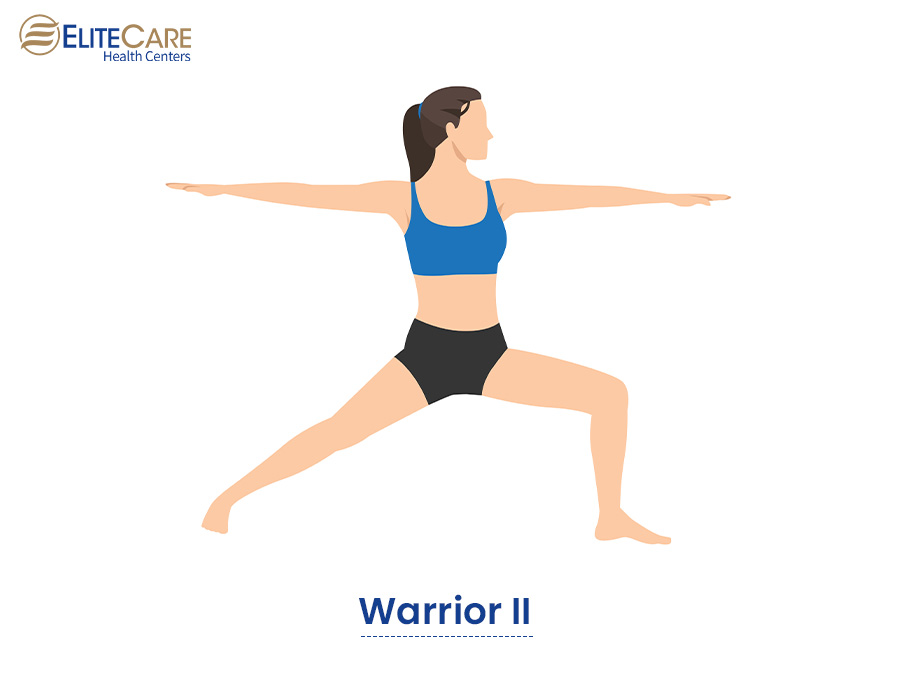
This exercise strengthens the legs, hips, shoulders, and chest to improve flexibility and movements.
Instruction:
- First, be in a standing position while keeping your feet hip-width apart.
- Take a big step back with your left foot, making a 45-degree angle.
- Bend your right knee to keep it directly above your ankle.
- Stretch your arms to the sides and keep them parallel to the floor.
- Now, turn your head and look at the right hand.
- Try to hold the position for at least 30 seconds before switching sides.
3. Child's pose (Balasana)
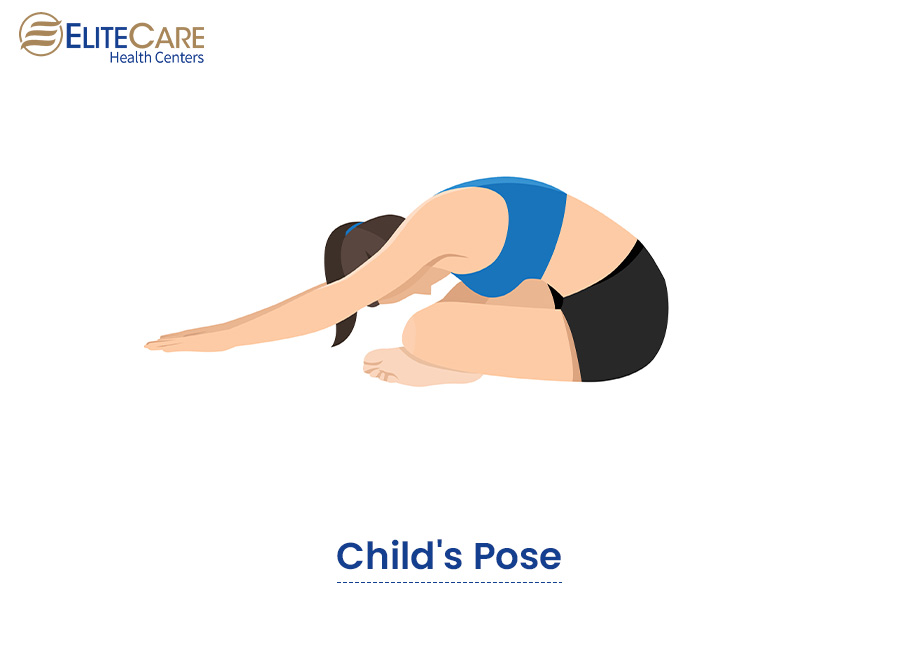
This pose is typically a relaxing pose that aims at reducing stress and tension in the body. It also helps stretch the spine, hips, and thighs to improve flexibility and mobility.
Instruction:
- Lie down on your stomach and begin on your hands and knees.
- Spread your knees apart while keeping your big toes touching the ground.
- Keep your hips back towards your heels while stretching your arms out.
- Rest your forehead on the ground, relax, and hold the position for 3 to 5 minutes.
4. Tree Pose (Vrikshasana)
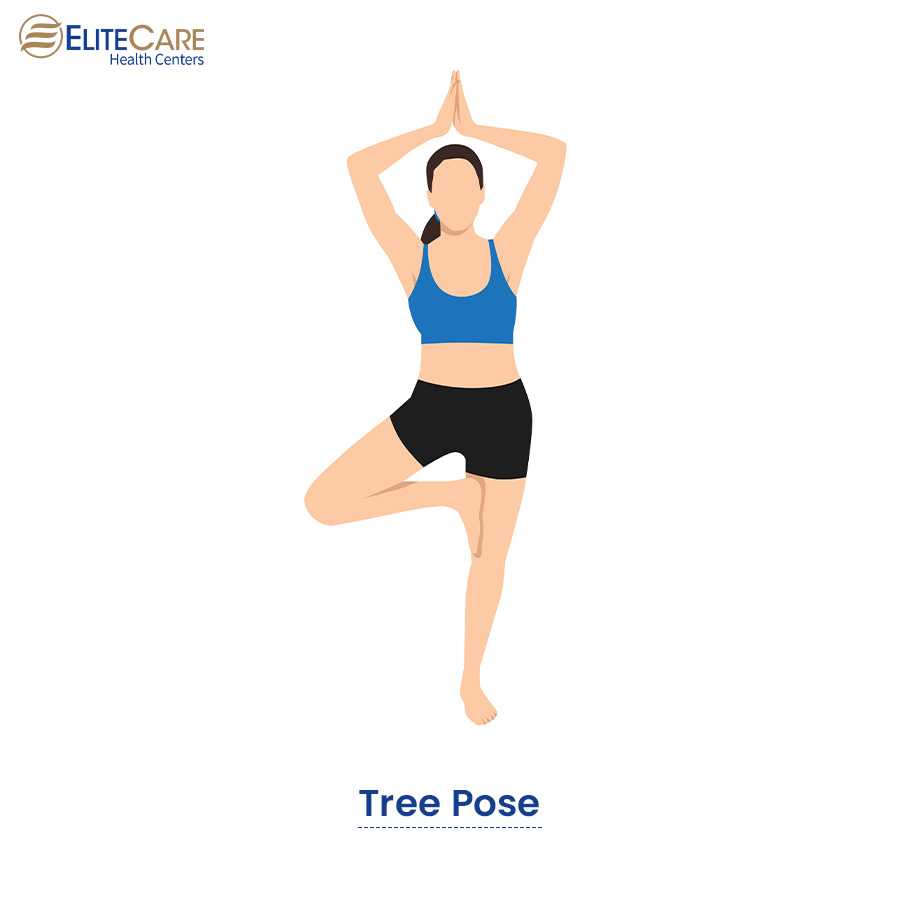
This is a balancing pose that helps strengthen the legs and core muscles for better balance and stability.
Instruction:
- Start with a standing posture and keep your feet hip-width apart.
- Now, shift your weight onto your left foot while you lift your right foot off the ground.
- Place the sole of your right foot against your left thigh or calf. Make sure you are not resting it on your knee.
- Next, put your hands in front of your heart.
- Try to hold the pose for at least 1 minute before switching sides.
5. Lateral Spinal Movement (Ardha Chakrasana)
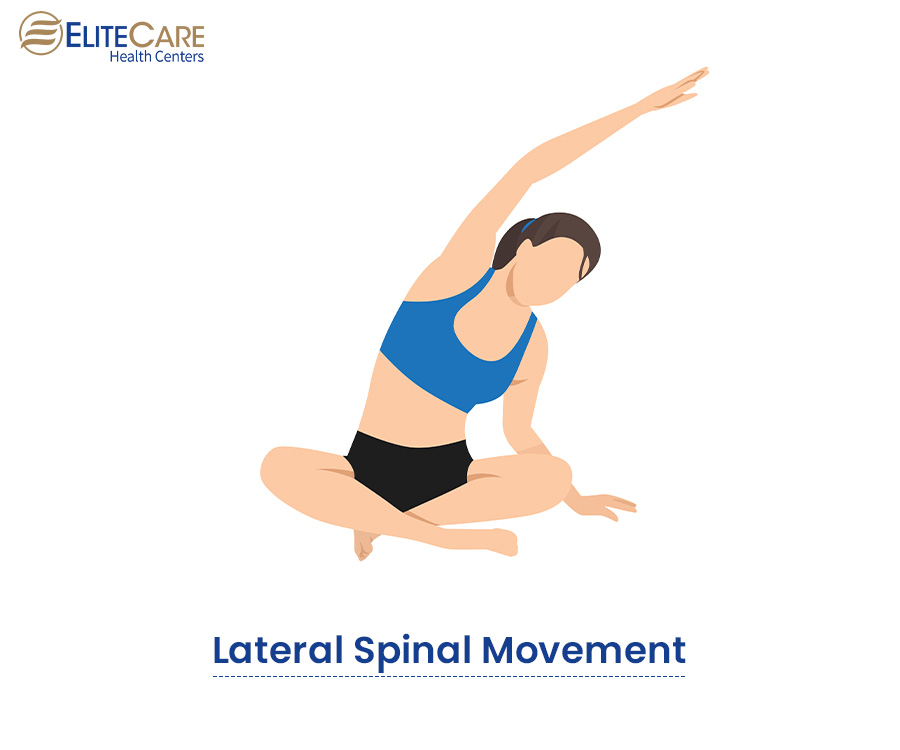
It is a gentle yoga pose that strengthens the core and improves spinal mobility.
Instruction:
- Keep your spine straight and sit with your feet flat on the floor.
- As you inhale, raise your left arm over your head and reach towards the right side.
- With exhale, lower your left arm and reach toward the left side.
- Repeat the sequence at least 10 times, moving smoothly between the two sides.
6. Locust post (Salabhasana)
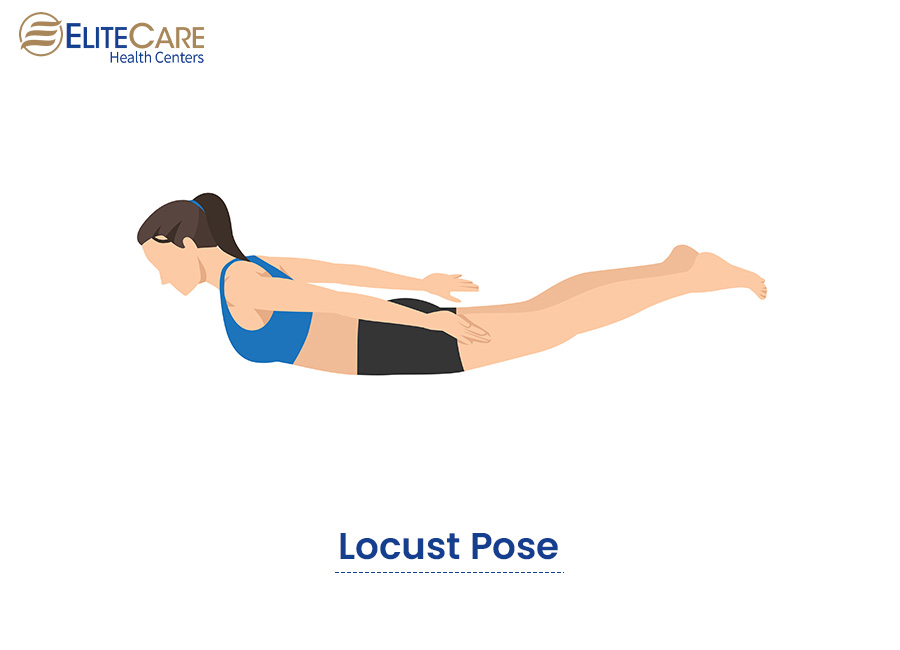
Also known as Salabhasana, this yoga pose is a backbend posture that can help improve strength and flexibility in the lower back, glutes, and hamstrings. It helps with the symptoms of Parkinson’s disease by increasing circulation, improving posture, and reducing stiffness in the body.
Instruction:
- Lie down on your stomach with your arms at your sides and your palms facing down.
- When you inhale, lift your head, chest, and arms and hold the position.
- Keep your gaze forward and engage your lower back muscles to lift your legs as high as you can.
- Hold the pose for 5 to 10 breaths, breathing deeply and steadily.
- As you exhale, slowly lower your body back down to the ground.
- Repeat this pose two or three times, taking a break between each repetition if needed.
It is crucial to consult a primary care physician before starting any new exercise regime. Beginners should work with a qualified yoga instructor to develop a yoga routine that fits individual requirements.
Safety considerations
The following are a few safety measures seniors as well as their caregivers should keep in mind while practicing yoga.
- Avoid abrupt movements or difficult postures that may cause discomfort or pain.
- Never skip the warm-up or the cool down stretches which can help you avoid muscle strains.
- Take frequent breaks and drink adequate water to avoid overexertion and fatigue.
- Use a yoga mat and other props like chairs or blocks to support and stabilize the body.
- Practice in a well-lit and clutter-free space to minimize the risk of falls.
- Consult a professional trainer to modify poses according to individual limitations and abilities.
- Focus on deep breathing techniques and slow, controlled movements for effective results.
Conclusion
Parkinson’s is the second-most common neurodegenerative condition in the United States and nearly 1 million Americans are currently suffering from it. While there is currently no cure for this disease, treatments are available to manage its symptoms. Yoga is one such effective natural treatment option for Parkinson’s. However, yoga is not an alternative to medical treatment but a complementary method that doctors recommend alongside conventional treatment options. Be consistent with your yoga routine to get the best results. Consult a primary care provider and a yoga instructor familiar with the condition for a personalized treatment plan.
For any questions or concerns related to Parkinson’s disease, contact EliteCare Health Centers, one of the best medical clinics in Florida that offers senior care services. Visit your nearest healthcare center to schedule an appointment with our board-certified primary care physicians.
